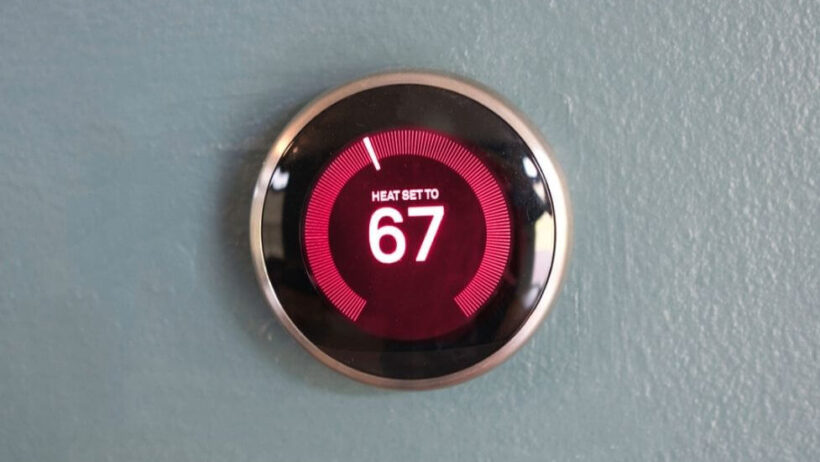Geothermal energy, often referred to as the hidden treasure beneath our feet, emerges as a powerful testament to the Earth’s intrinsic heating system. This renewable energy source harnesses the heat from the Earth’s interior, supplying an abundant and sustainable energy alternative that could transform our approach to energy consumption and conservation. But can we truly conserve this remarkable geothermal energy, or is it an inexhaustible resource? Exploring this intricate question reveals the nuances of geothermal systems and their role in our energy landscape.
To comprehend geothermal energy conservation, one must first understand the concept of the Earth as a gigantic, self-regulating thermostat. The Earth’s core, aflame with molten rock and metals, radiates heat outward toward the mantle and crust. This heat is not merely a byproduct of geological processes; rather, it is the lifeblood of geothermal systems. This unique geothermal gradient ensures that, at varying depths, temperatures rise, offering a natural, almost perpetual supply of energy just waiting to be tapped. But just like any system reliant on finite resources, understanding the equilibrium of usage versus replenishment is crucial if we wish to conserve this essential energy source.
The first layer of this intriguing metaphor is the sustainability of geothermal energy resources. With proper management, geothermal energy can be an immensely durable energy source, allowing us to make substantial inroads into reducing our reliance on fossil fuels. Much like a well-maintained garden, where pruning and thoughtful cultivation lead to better yields, the careful exploitation of geothermal reservoirs can ensure that heat is extracted efficiently without depleting the natural resource. This balance hinges on a profound understanding of the reservoirs, their rates of heat replenishment, and the methods employed for extraction.
Geothermal energy systems can be broadly categorized into three types: geothermal power plants, direct-use applications, and geothermal heat pumps. Each category reflects different ways of tapping into the Earth’s energy reserves, embodying diverse methods of conservation and utilization. Power plants harness hot water and steam from subterranean reservoirs to generate electricity, while direct-use applications utilize geothermal fluid for heating buildings, greenhouses, or even spas. Conversely, geothermal heat pumps leverage the constant temperature of the shallow ground to regulate indoor environments, offering unparalleled energy efficiency. The conservation potential lies in how well these systems are integrated into our urban fabric and how they embrace energy efficiency principles.
While geothermal energy is renewable, the conservation of its resources requires vigilance and an understanding of the human impact on these natural systems. Over-extraction can lead to a phenomenon known as thermal depletion, where the heat extracted exceeds the heat replenished by the Earth’s natural processes. This scenario creates a perilous imbalance, threatening the longevity of geothermal resources. Therefore, employing adaptive management strategies becomes paramount in preserving these natural reservoirs. Monitoring techniques, such as temperature logging and flow measurements, play a critical role in evaluating the health of geothermal systems and ensuring that they remain sustainable over time.
Venturing deeper into the conservation dialogue, one must also consider the environmental ramifications of geothermal resource development. The drilling of wells, construction of power plants, and installation of geothermal heat pump systems can disrupt local ecosystems and contribute to land use changes. Mitigating measures should, therefore, be integrated into development plans. Environmental assessments, regulatory frameworks, and community involvement can help ensure that geothermal energy development yields benefits without encroaching on precious ecosystems.
Another facet of conserving geothermal energy involves public awareness and education. The allure of geothermal energy is not confined to the scientific community; it must resonate with the public, inspiring individuals to embrace this renewable source. Educational initiatives showcasing the concrete benefits, safety, and reliability of geothermal technology play a vital role in enhancing acceptance and stimulating investment. When communities recognize geothermal energy as an accessible and viable energy source, the momentum for its adoption and conservation builds appreciably.
Innovative technological advancements also pave the way for maximizing geothermal energy conservation. Enhanced geothermal systems (EGS) represent a new frontier in utilizing geothermal energy where traditional resources are scarce. By creating artificial reservoirs through hydraulic stimulation, EGS has the potential to unlock vast amounts of geothermal energy, even in regions that otherwise lack accessible geothermal resources. This technological evolution not only accentuates conservation efforts but also broadens the geographic applicability of geothermal energy.
Additionally, the interplay between geothermal energy and other renewable energy sources can further bolster conservation efforts. A synergistic relationship with solar, wind, and hydroelectric power can cultivate an energy landscape that enhances efficiency across the board. By deploying geothermal systems in conjunction with complementary energy sources, we can achieve greater overall energy reliability and mitigate the intermittency associated with solar and wind power. This cross-pollination of renewable energy technologies emphasizes the need for an integrated approach to conservation efforts, recognizing that no single solution may suffice in our quest for an energy-efficient future.
As we venture forward, it is disconcerting to consider that geothermal energy conservation might still rest upon the shoulders of the conscientious. Policymakers, industry leaders, and public stakeholders must converge upon this understanding, aligning their ambitions with pragmatic approaches to energy development. By recognizing the Earth’s geothermal bounty as a finite and precious resource, we can instill a culture of conservation that correlates with sustainable energy practices. Just as the Earth maintains its inner thermostat, we must cultivate a higher consciousness regarding our energy consumption, all while nurturing our planet’s undeniable gifts.
In conclusion, geothermal energy conservation remains not only a possibility but a necessity in our pursuit of sustainable energy solutions. The Earth’s inner thermostat serves as a poignant reminder that while the heat beneath our feet may seem inexhaustible, responsible stewardship and management are paramount. Through concerted efforts in research, public education, technological innovation, and strategic collaboration, we can ensure that this vibrant energy resource is preserved for future generations. In preserving geothermal energy, we are not simply conserving a resource; we are actively engaging in the preservation of our planet itself.








